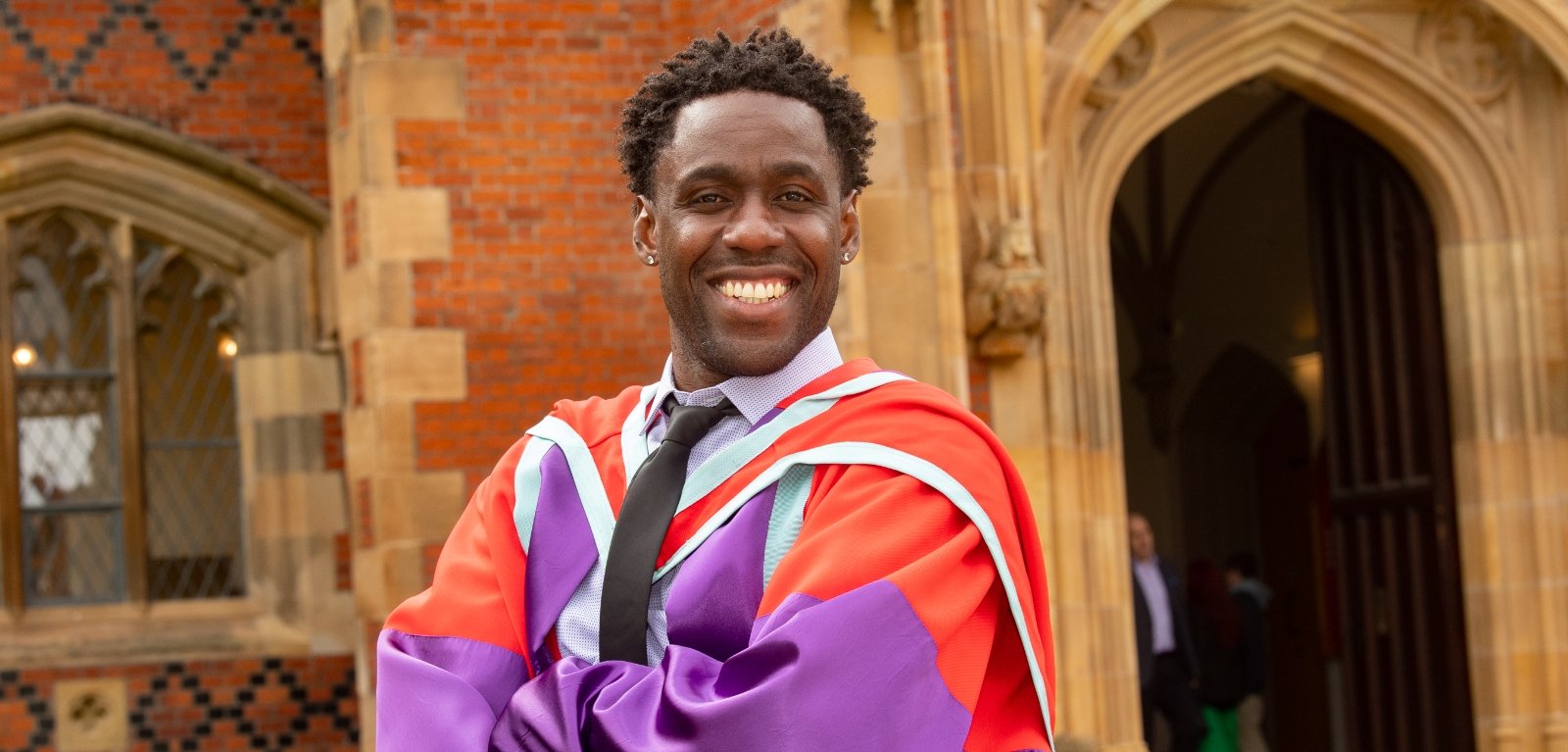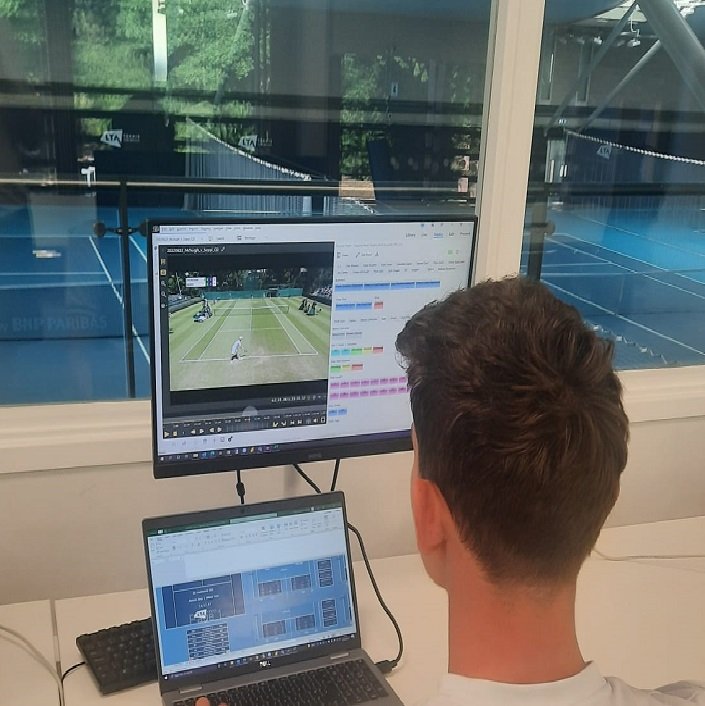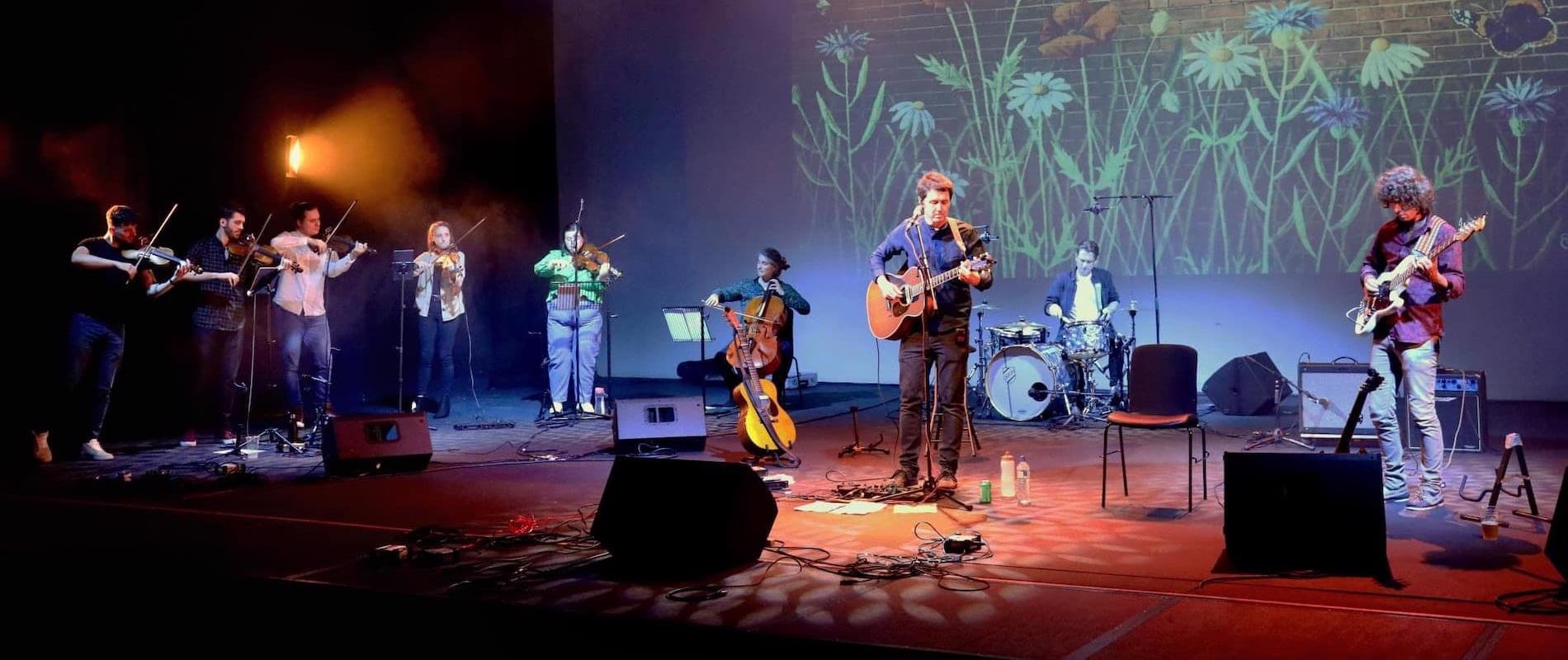Fibre internet project set to transform the lives of thousands of schoolchildren in South Africa
• Joint project with Aston University will develop rapidly deployable internet access solutions for areas without power, water and connectivity
• The Fibre Before the Fibre Project has received funding from the Royal Academy of Engineering
• Research and development by three universities will create low-cost, long range, high speed internet access using free-space-optics for informal setting communities.
A project supported by Aston University and the University of Glasgow is set to transform the lives of school children in South African informal settlements through developing a new way to access the internet before power cable or optical fibre are deployed.
The two year ‘Fibre Before the Fibre Project’ involves research and development into low-cost, long-range, high-speed wireless optical communication technologies. These are set to become the solution to bridge the digital divide and connect communities who don’t currently have an existing fibre infrastructure.
The collaboration is being run by lead investigator Dr Mitchell Cox at the University of the Witwatersrand in Johannesburg, South Africa, alongside co-investigators Professor Martin Lavery at the University of Glasgow and Professor Andrew Ellis from Aston University who came up with the concept around five years ago.
Professor Ellis and Professor Lavery had been originally exploring the idea of creating sustainable photonics to address the digital divide in Sub-Saharan Africa, and published a road-map on how to do this. When an opportunity came up with the South African university, they were able to create the Fibre Before the Fibre Project, providing the internet performance of a fibre connection without the need to installed cables.
In South Africa, academics from the School of Electrical and Information Engineering have developed an off-grid energy system which has the potential to power whole villages using multiple sources such as solar panels and batteries.
A 3D-printed wireless communication system is also being developed in Glasgow which uses off-the-shelf components. These can link to anchor sites, such as schools, via a wireless optical line-of-site signal to nearby fibre-sources in the affluent suburbs which are just a few kilometres from these sites.
Joined together, these elements will be able to provide connectivity for the informal settlements and will first be trialled within the next six months at two sites near Johannesburg.
Professor Ellis, deputy director of the Aston Institute of Photonics Technology (AiPT), said they would then be examining the impact the connectivity would have on children’s education within the area.
Our role in the project is to look at the impact and educational benefit it will have to the school children who will finally be able to access the internet. We believe it will create a huge benefit for communities who currently have no access to water, electricity or communications infrastructure, so it really is pioneering work we are conducting.
The COVID-19 pandemic has put at the forefront of everyone’s minds within the UK how difficult it was to educate children for just a few months from home and remotely.
In parts of South Africa where there is a huge digital divide between rural and urban areas where children don’t even have the basics, and so for them it’s not just a few weeks without an education supported by the internet, but it’s months and years. We will therefore be looking at the 12 months after the installation of the products to the schools and being able to see what benefits it will have
The Royal Academy of Engineering has provided £80,000 towards the project, with the majority being utilised in South Africa.
Professor Ellis, who visited South Africa in 2017 when the project started, said:
While this isn’t a high-funded project, we know the impact of this both locally and globally could be huge, and so many of us here are doing this on a pro bono basis.
It’s a very fulfilling project to be working on and we are proud to be able to do our part in something which really is going to affect the lives of hundreds of thousands of people.
Professor Lavery, of the University of Glasgow’s James Watt School of Engineering, said:
What we’re aiming to do with this project is build upon new advances in photonics to take the expensive cable infrastructure out of the equation altogether and create more affordable, high-speed broadband links across free space. We hope that Fibre before Fibre will provide real and lasting benefits to the children in our partner school, and that it will help kickstart similar projects in many other places around the world where broadband access is limited.
Dr Cox added:
This is enough money for us to build a demonstrator system, fund a few postgraduate students and to evaluate the opportunities and challenges of our idea. Rolling out telecommunications infrastructure is an enormous and expensive exercise, and our intention is not to replace what the service providers do, but rather to try leverage what’s existing for maximum impact. Hopefully this is just the start of something awesome.
Recently, the research team met with a diverse group of stakeholders to gather insights about the social and technical requirements, as well as educational opportunities afforded by the system. Design and construction of a suitable prototype is now underway, and in 2022 the team hopes to deploy the prototype linking a currently unconnected school to nearby conventional fibre infrastructure.
Source







